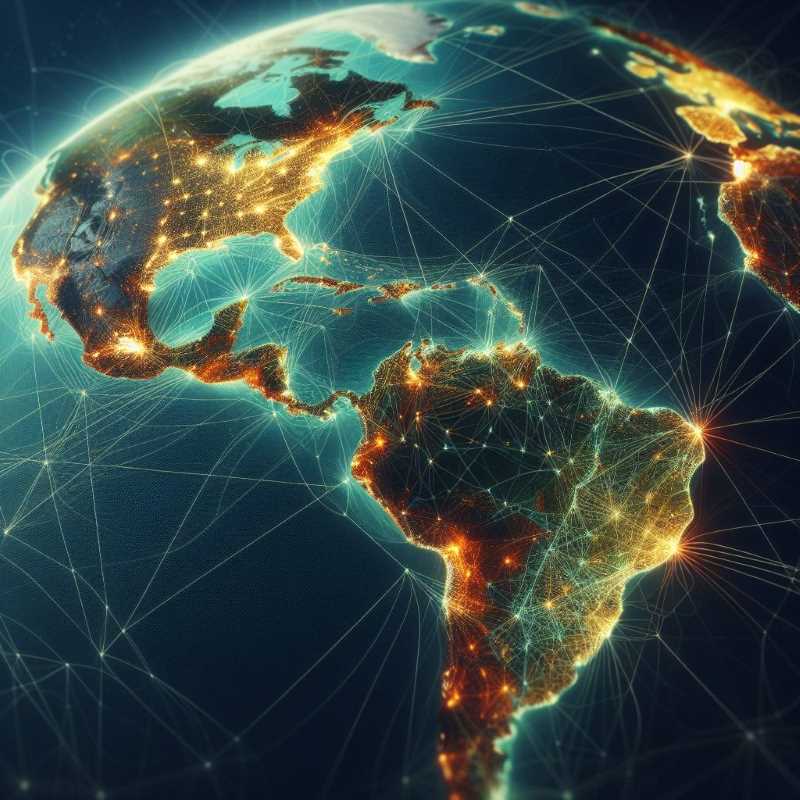How Nearshoring Can Reinvigorate Latin American Industry
Latin America faces a new world of multipolarity and nearshoring. It's a chance to reindustrialize and integrate, becoming a hub for innovation in pharma and manufacturing. Collaboration is key, with universities and ECLAC playing a vital role.

The world is experiencing a new period of globalization, multipolarity and in which the relocation of production — known as nearshoring — shows opportunities to relaunch integration efforts in Latin America and the Caribbean, stated the rector of UNAM, Leonardo Lomelí Vanegas.
“It is a moment that we must take advantage of and advance in a new industrialization of the region, which allows us to promote technological development and achieve an increase in the generation of added value,” said the rector, when participating in the presentation of the special edition of the ECLAC Magazine “75 years of ECLAC: Towards a more productive, inclusive and sustainable development model.”




